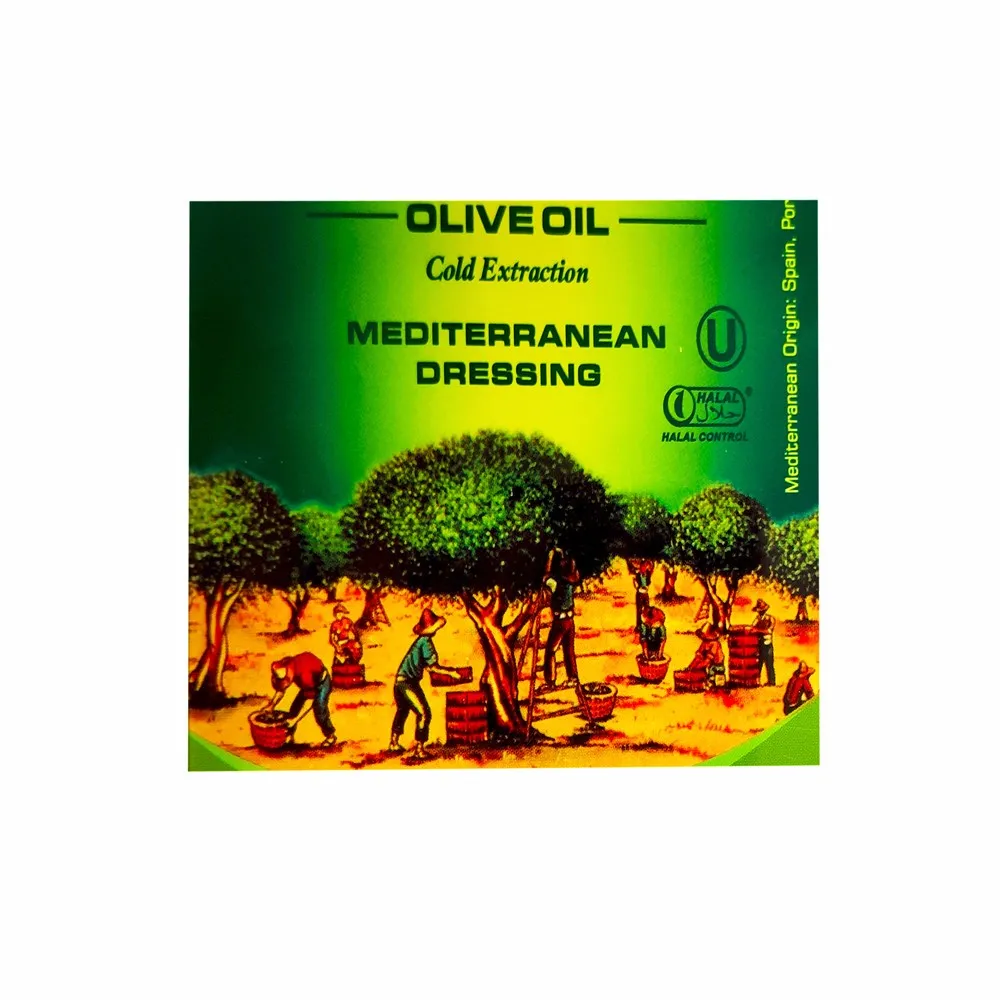Electrolytic tinplate (ETP) is a metal material widely used in many industries such as food, beverage, and chemical industry. Its price is affected by many factors and shows a changing trend with the fluctuation of market supply and demand. This article will systematically explore the price composition factors of electrolytic tinplate sheet, the key variables affecting the price, the price distribution in the global market, and other issues to help readers better understand the price formation mechanism in this industry.

What is electrolytic tinplate?
Before discussing the price of electrolytic tinplate, we first need to understand what electrolytic tinplate is. Electrolytic tinplate refers to a metal sheet made by plating a certain thickness of pure tin on both sides of cold-rolled low-carbon steel plate or steel strip and undergoing electrolytic tin plating process. Its surface has good corrosion resistance, easy processing and excellent welding performance, so it is widely used in food and beverage packaging industry (such as cans, beverage cans, food cans, etc.), as well as chemical product packaging.
Since electrolytic tinplate sheet has good corrosion resistance, it is particularly suitable for packaging materials for products such as food and beverages that need to be preserved for a long time. In daily life, common metal cans, biscuit cans, paint buckets, etc. are made of this material. This wide application makes electrolytic tinplate one of the important raw materials in the global metal packaging industry, and price changes have a profound impact on many industries.
What are the price components of electrolytic tinplate?
The price of electrolytic tinplate is not a fixed value, but is affected by a combination of factors. The main price components can be considered from the following aspects:
Basic steel price
The core substrate of electrolytic tinplate is cold-rolled low-carbon steel plate. The price fluctuation of steel has a direct impact on the price of electrolytic tinplate. The price of steel is affected by multiple factors such as the global economic situation, supply and demand, the price of raw materials (such as iron ore and coal), energy costs and the production capacity of steel mills. For example, the rise in raw material prices in the steel industry will directly lead to an increase in production costs, thereby driving up the price of electrolytic tinplate.
Tin plating process cost
The production of electrolytic tinplate requires the steel plate to be electroplated with tin. The main costs in this process are the electrolytic process and the use of tin metal. Tin is a relatively expensive metal, and its market price fluctuations also have a great impact on the price of electrolytic tinplate. The supply chain of tin is relatively concentrated, and countries with rich tin ore resources have a certain control over the price of tin. Various factors such as supply and demand, global economic conditions and political situation will affect the price fluctuations of tin, and thus affect the production cost of electrolytic tinplate.
Processing costs
The production of electrolytic tinplate involves multiple processing links, including cold rolling, tin plating, electrolysis, surface treatment, etc. The equipment maintenance, labor costs, and power consumption involved in these processes will affect the price of the final product. In particular, the rise in energy costs directly increases the cost of electricity used in the production process, further pushing up product prices.
Specifications and thickness
Electrolytic tinplate is available in a variety of specifications and thicknesses. The thickness of the plate and the thickness of the tin layer required for products with different uses are different, and the price will also be different. Generally speaking, the price of electrolytic tinplate sheet with a thicker thickness and a thicker tin layer will be higher. Because thicker steel plates and tin layers require more raw materials, and the production process requirements are more stringent.
Environmental protection and energy costs
With the global emphasis on environmental protection, environmental protection requirements in the production process are getting higher and higher. For example, the construction and maintenance of environmental protection facilities, emission control and other measures will increase production costs. At the same time, fluctuations in energy prices also directly affect the manufacturing cost of electrolytic tinplate sheet, especially in countries or regions with high energy dependence, where rising energy prices will lead to an increase in overall production costs.
Market supply and demand relationship
The price of electrolytic tinplate is greatly affected by market supply and demand. When market demand is strong and supply is insufficient, prices usually rise; when market supply is sufficient and demand is weak, prices fall. Seasonal demand fluctuations, economic recession or growth, industry development trends, etc. may lead to changes in supply and demand, thereby affecting price trends.

What is the price of electrolytic tinplate?
International price distribution of electrolytic tinplate:
1. The price range per ton in the Chinese market is between 6,000 yuan and 8,000 yuan
2. The price per ton in the European market is usually between 900 euros and 1,200 euros
3. The price per ton in the North American market is about 1,000 US dollars to 1,300 US dollars
4. Other regions are about 800 US dollars to 1,000 US dollars per ton
Due to the different production capacity, raw material supply conditions, production technology levels and market demand of various countries, the price of electrolytic tinplate shows certain differences in the global market. Next, we will analyze the price levels in major production and consumption areas.
Chinese market
China is one of the world's largest producers of electrolytic tinplate, and its output accounts for a considerable proportion of the world's total output. China has a complete steel production chain and a relatively sufficient supply of raw materials, so the production cost is relatively low. In recent years, the price fluctuations of China's electrolytic tinplate have been mainly affected by domestic steel prices, energy costs and export market demand.
In the Chinese market, the price of electrolytic tinplate is usually measured in tons. Depending on the specifications and uses, the price per ton ranges from RMB 6,000 to RMB 8,000. This price level is competitive in the international market and has attracted a large number of export orders.
European market
The electrolytic tinplate manufacturers in Europe are mainly concentrated in industrially developed countries such as Germany, Italy, and France. The production processes in these countries are relatively advanced, but the production costs are high, especially the costs of labor, energy, and environmental protection. Therefore, the price of electrolytic tinplate in the European market is generally high, and the price per ton is usually between 900 euros and 1,200 euros.
The demand in the European market mainly comes from the food, chemical, and canning industries, especially for high-end food cans and chemical product packaging, which have high quality requirements, so the price of some special specifications of electrolytic tinplate sheet may be higher.
North American market
The United States and Canada are the main consumer markets for electrolytic tinplate in North America. Subject to higher production costs and stricter environmental regulations, the production cost of electrolytic tinplate sheet in North America is relatively high, and the dependence on imports is relatively large. This makes the price of electrolytic tinplate in the North American market relatively stable and at a high level, with a price of about US$1,000 to US$1,300 per ton.
The demand for high-quality electrolytic tinplate in the North American market is mainly concentrated in the food, beverage and canning industries, especially packaging materials with high requirements for environmental protection and sustainability, and the demand is increasing year by year.
Other regions
In other regions such as Southeast Asia, Latin America, and the Middle East, due to the relatively backward production technology in these countries, the price of electrolytic tinplate is low, but the quality is uneven. Southeast Asian countries have developed rapidly in recent years and their production capacity has increased, but most electrolytic tinplate still relies on imports. Due to the rich raw material resources in the Middle East, some countries have price advantages in the field of steel production, so their electrolytic tinplate prices are relatively low, about US$800 to US$1,000 per ton.

What are the market factors that affect price fluctuations?
Global economic situation
The fluctuations in the global economy have a direct impact on the price of electrolytic tinplate. When economic growth is strong, market demand increases and prices usually rise; when the economy is in recession, demand decreases and prices fall. For example, the global financial crisis in 2008 led to a decline in demand in many industries, and the price of electrolytic tinplate also fell.
Trade policy
International trade policies such as tariffs, import restrictions and trade agreements can also affect the price of electrolytic tinplate sheet. For example, some countries impose high tariffs on imported steel and related products, which leads to higher prices of imported products, thus affecting the circulation and pricing of electrolytic tinplate in the international market.
Industry events
Sudden events in the industry such as natural disasters, production accidents or shortages of raw materials can also cause fluctuations in the price of electrolytic tinplate sheet. For example, a large production base is shut down due to an accident or encounters a natural disaster, resulting in a reduction in supply and a sharp rise in prices in the short term.

